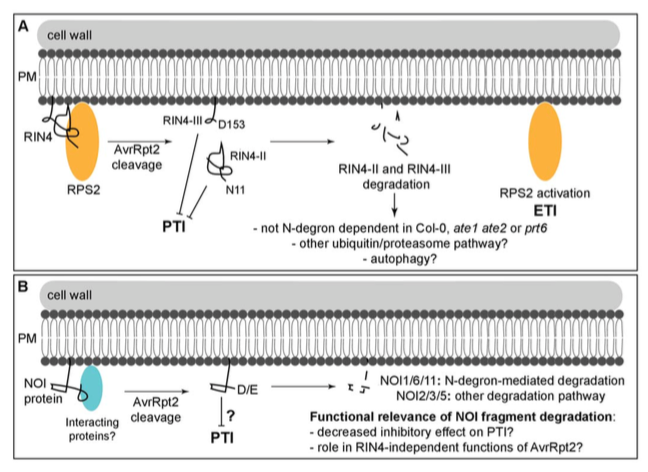
RIN4/NOI fragments utilize different N-end rules of degradation to fight off pathogens (Plant Physiol)
Plant Science Research WeeklyTo fight off invading pathogens, plants such as Arabidopsis are intrinsically programmed with a subset of defense responses often known as pattern-triggered immunity (PTI) and effector-triggered immunity (ETI). AvrRpt2, an effector secreted by the pathogen Pseudomonas syringe, is a protease that can…
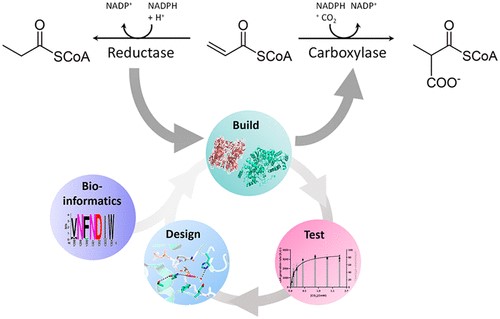
Awaking the sleeping carboxylase ($) (JACS)
Plant Science Research WeeklyOne of the things I like most about synthetic biology is the “why not” attitude. This article by Bernhardsgrütter et al. is intriguing because rather than taking the standard “let’s fix Rubisco approach,” the authors started with a non-CO2 fixing enzyme and engineered it towards having carboxylase…
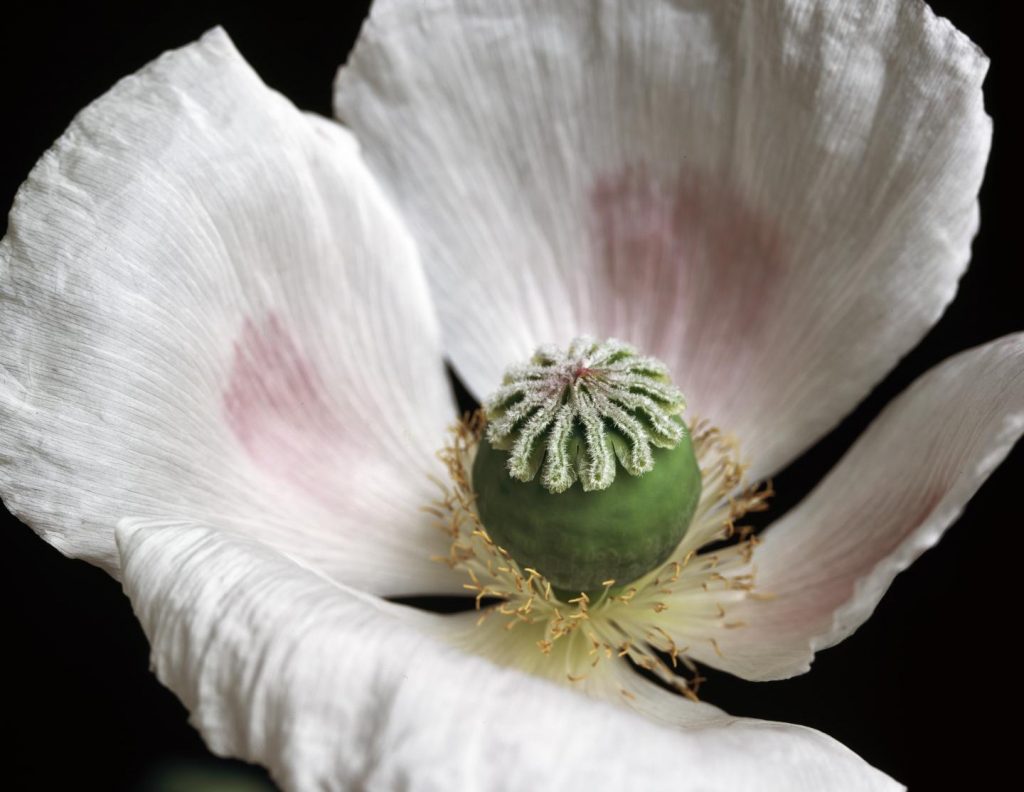
A bacterium that demethylates opiate thebaine for a green chemistry solution ($) (Nature Sustainability)
Plant Science Research WeeklyOpium poppies produce opiates including morphine and thebaine. Derivatives of these compounds can also have diverse beneficial properties. One of these, naloxone, is a competitive opioid receptor antagonist that can be administered to counteract the effects of opioid overdose. Because of the rise in…
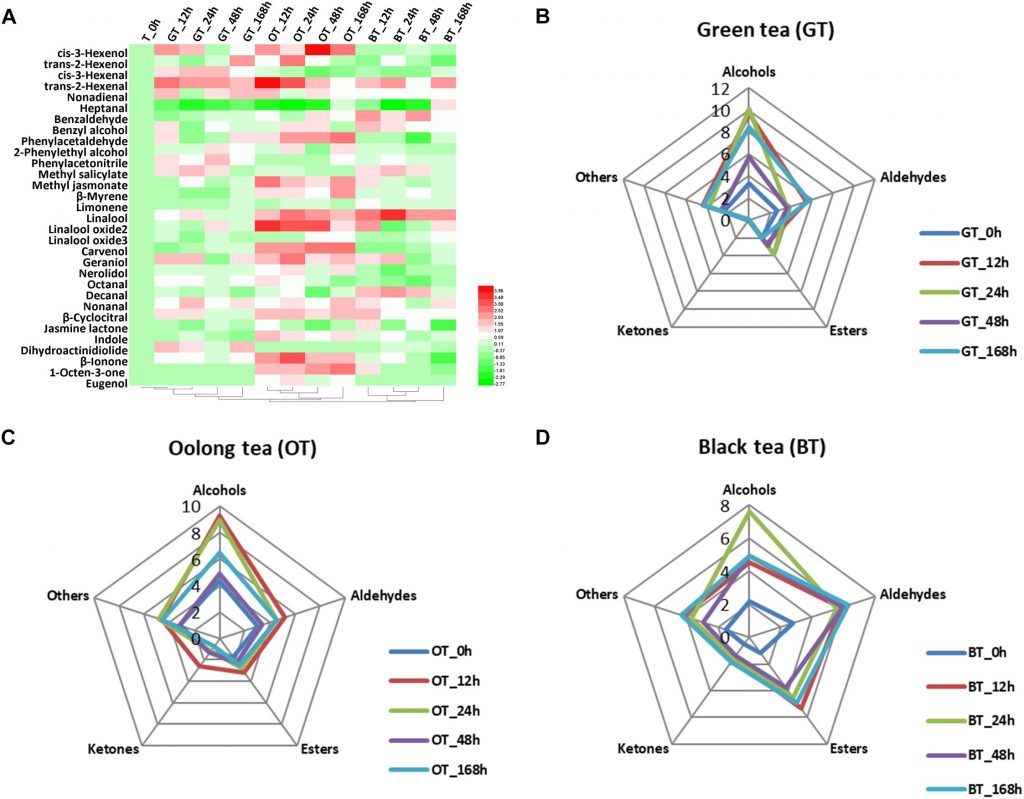
Methyl jasmonate-induced changes of flavor profiles during the processing of green, oolong, and black tea (Frontiers Plant Sci)
Plant Science Research WeeklyTea quality depends on the product's taste and aroma, which are provided by phenolic and volatile compounds respectively. Here, Shi et al. analyzed changes of volatile and amino acid (AA) profiles in fresh tea leaves (Camellia sinensis L.) and during the processing of three tea products (green, oolong…
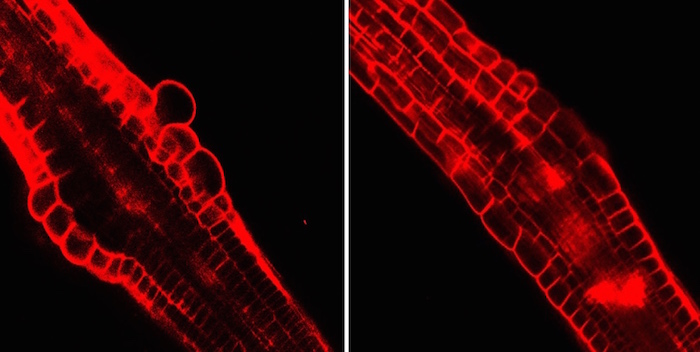
Immunity-growth Trade-off in Plants
Research, The Plant Cell, The Plant Cell: In a NutshellJing et al. reveal how danger-associated peptides inhibit root growth in plants in response to pathogen attack. Plant Cell (2018) https://doi.org/10.1105/tpc.18.00145.
Background: Plants defend themselves against pathogens and pests through an innate immune system that is activated by pathogen-associated…
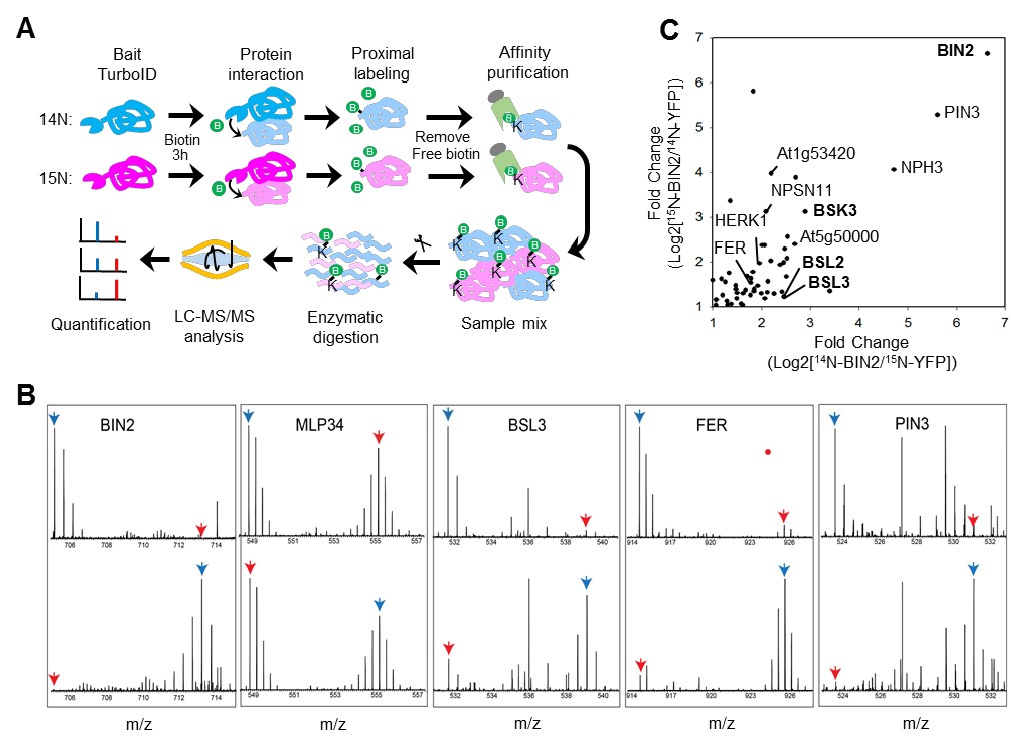
Application of TurboID-mediated proximity labeling for mapping a GSK3 Kinase signaling network in Arabidopsis (bioRxiv)
Plant Science Research WeeklyIn this preprint Kim et al., have provided an optimized method for determining protein-protein interaction in plants using TurboID-mediated labelling. TurboID is an engineered promiscuous biotin ligase that marks proteins it comes in contact with. Identification of interacting partners of a protein…
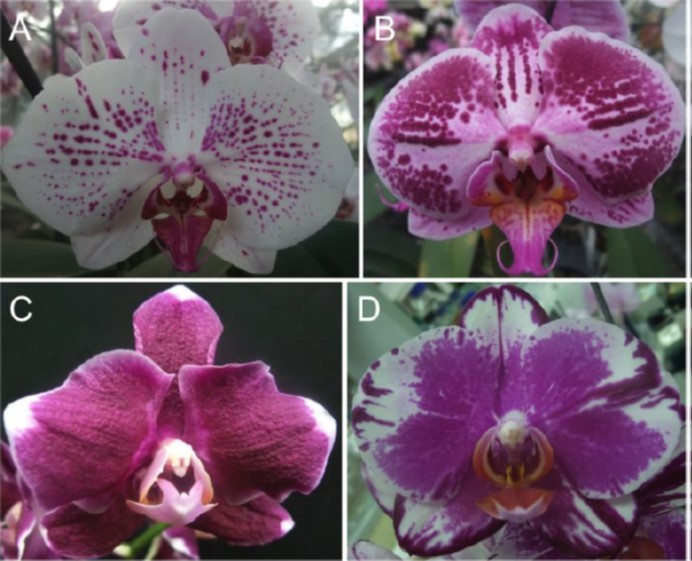
HORT1 retrotransposon causes harlequin/black flowers in Phalaenopsis orchids (Plant Physiol)
Plant Science Research WeeklyPhalaenopsis orchids produce beautiful, long-lived flowers and are widely popular houseplants. In 1996, a new variety was identified with intensely dark, nearly black pigmentation. Hsu et al. have identified the molecular basis for this phenotype; a Gypsy-like retrotransposon inserted in the promoter…
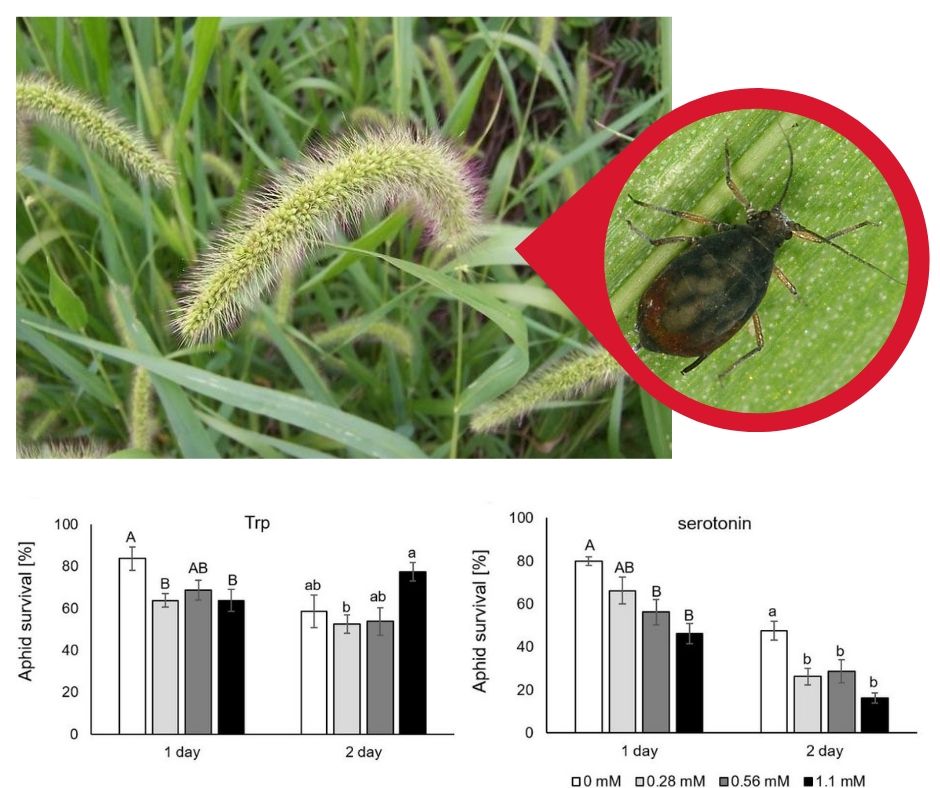
Characterizing the serotonin biosynthesis pathway upon aphid infestation in Setaria viridis leaves (bioRxiv)
Plant Science Research WeeklyIn response to biotic stresses, plants produce chemical defenses to reduce damage. Adaptations to insect infestation involve synthesis of Trp-derived metabolites, leading to metabolome alterations. Here, Dangol et al. analyzed the transcriptomic and metabolomic effects after herbivore feeding in Setaria…
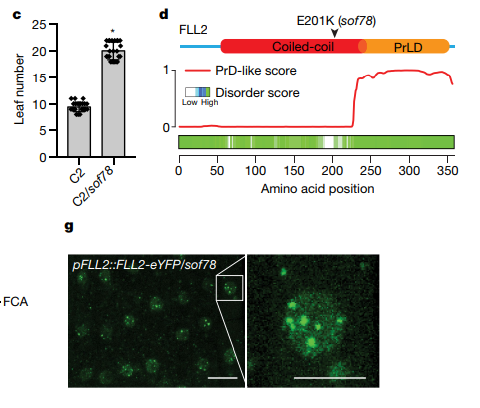
Arabidopsis FLL2 promotes liquid–liquid phase separation of polyadenylation complexes ($) (Nature)
Plant Science Research WeeklyThe nucleus of plants cells, like other eukaryotes, is full of non-membranous compartments separated by liquid-liquid phases. These complexes are often called nuclear bodies and concentrate proteins and nucleic acids. Disordered protein domains play a critical in their formation. Here, Fang et al. aimed…

